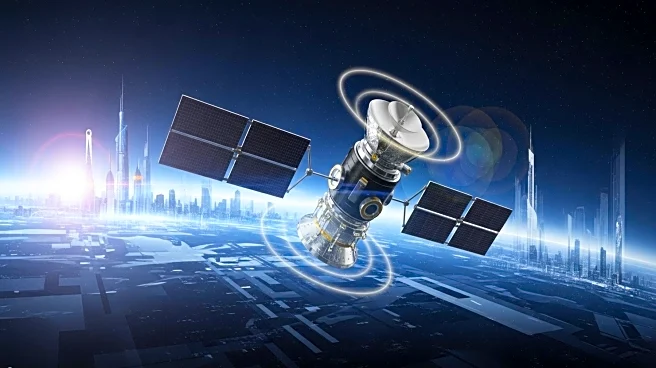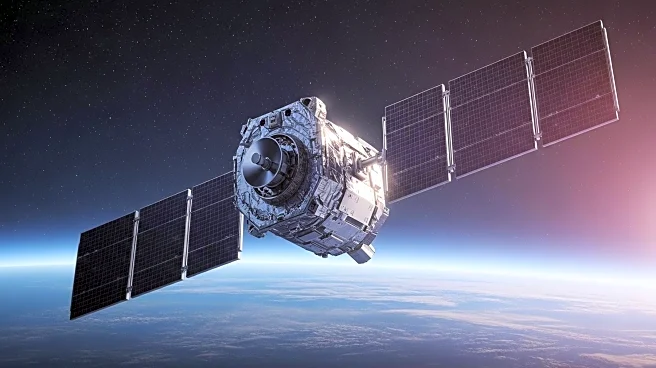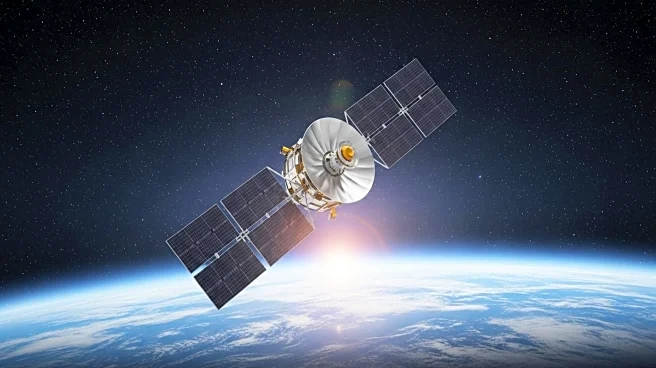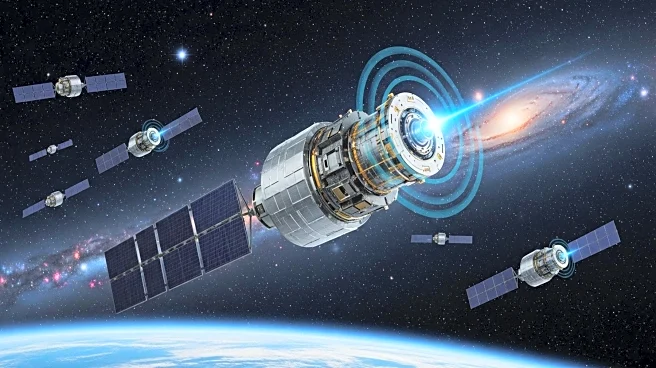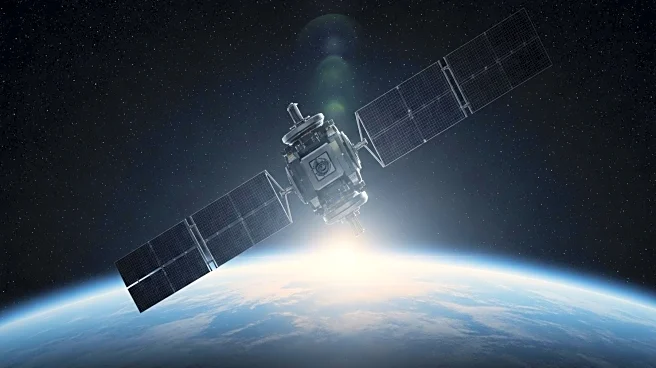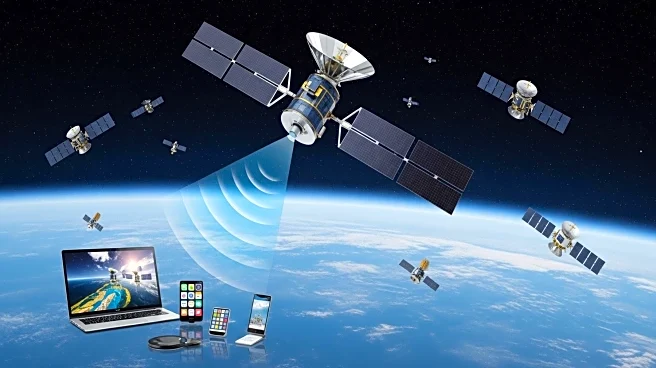What's Happening?
AT&T CEO John Stankey has commented on SpaceX's recent acquisition of spectrum from EchoStar, which could enable SpaceX to offer direct-to-cell (D2C) services. While acknowledging the strategic use of the spectrum, Stankey expressed skepticism about SpaceX's ability to compete directly with terrestrial wireless services. He noted that the 40MHz of spectrum acquired by SpaceX is insufficient to replace existing terrestrial networks, particularly in urban areas where low latency and high capacity are crucial. Analysts also question SpaceX's potential to become a major player in the U.S. mobile market, suggesting its services may be more suited to rural areas.
Why It's Important?
SpaceX's acquisition of EchoStar's spectrum represents a significant development in the U.S. telecommunications landscape. It highlights the growing interest in satellite-based services as a complement to traditional wireless networks, particularly in underserved rural areas. This move could expand connectivity options for remote regions, offering a new avenue for internet access. However, the limitations of satellite technology in urban environments suggest that SpaceX's offerings may not pose a direct threat to established carriers like AT&T. The acquisition also underscores the competitive dynamics in the telecom industry, as companies seek to leverage spectrum assets for strategic advantage.
What's Next?
SpaceX's plans for utilizing the acquired spectrum remain speculative, but the company may focus on enhancing rural connectivity and exploring wholesale opportunities. AT&T, meanwhile, continues to expand its fixed wireless access strategy and fiber network, aiming to reach 60 million locations by 2030. The telecom industry will be watching SpaceX's next moves closely, as the company navigates the challenges of integrating satellite services with existing wireless infrastructure. Regulatory considerations and technological advancements will play a crucial role in shaping the future of satellite-based mobile offerings.
Beyond the Headlines
The acquisition of spectrum by SpaceX raises questions about the future of satellite technology in the telecom industry. While satellite services offer potential benefits for rural connectivity, they face challenges in matching the performance and coverage of terrestrial networks. The integration of satellite and terrestrial services could lead to new business models and partnerships, as companies seek to optimize connectivity solutions. Additionally, the move reflects broader trends in the industry, as companies explore innovative approaches to meet the growing demand for high-speed internet access.
